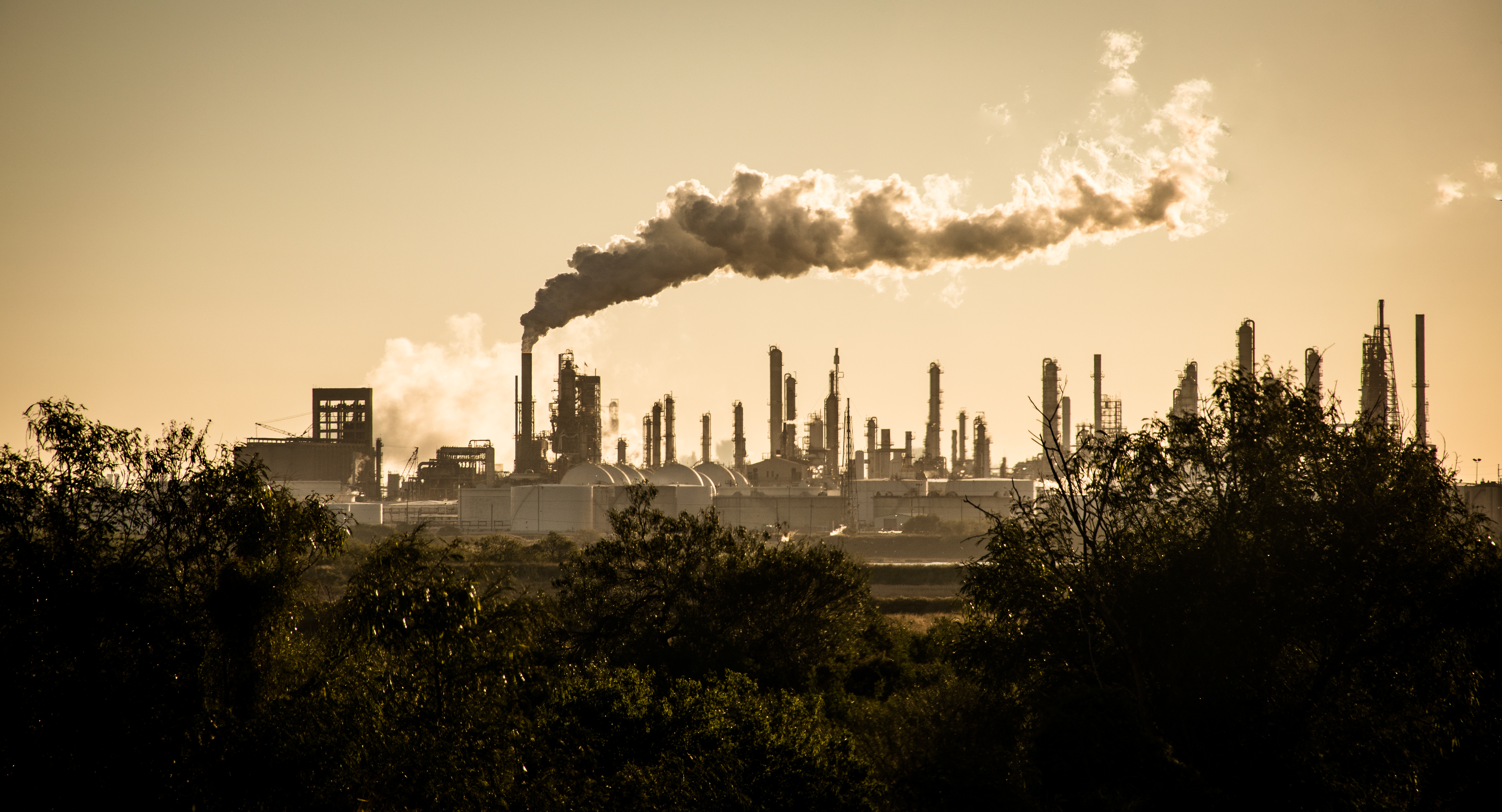Carbon Dioxide Soars to Record-Breaking Levels Not Seen in at Least 800,000 Years

There is more carbon dioxide in the atmosphere than there has been for 800,000 years — since before our species evolved.
On Saturday (May 11), the levels of the greenhouse gas reached 415 parts per million (ppm), as measured by the National Oceanic and Atmospheric Administration's Mauna Loa Observatory in Hawaii. Scientists at the observatory have been measuring atmospheric carbon dioxide levels since 1958. But because of other kinds of analysis, such as those done on ancient air bubbles trapped in ice cores, they have data on levels reaching back 800,000 years. [8 Ways Global Warming Is Already Changing the World]
During the ice ages, carbon dioxide levels in the atmosphere were around 200 ppm. And during the interglacial periods — the planet is currently in an interglacial period — levels were around 280 ppm, according to NASA.
But every story has its villains: Humans are burning fossil fuels, causing the release of carbon dioxide and other greenhouse gases, which are adding an extra blanket on an already feverish planet. So far, global temperatures have risen by about 1.8 degrees Fahrenheit (1 degree Celsius) since the 19th century or pre-industrial times, according to a special report released last year by the United Nation's Intergovernmental Panel on Climate Change.
Every year, the Earth sees about 3 ppm more carbon dioxide in the air, said Michael Mann, a distinguished professor of meteorology at Penn State University. "If you do the math, well, it's pretty sobering," he said. "We'll cross 450 ppm in just over a decade."
The subsequent warming is already causing changes to the planet — shrinking glaciers, bleaching coral reefs and intensifying heat waves and storms, among other impacts. And carbon dioxide levels higher than 450 ppm "are likely to lock in dangerous and irreversible changes in our climate," Mann told Live Science.
"CO2 levels will continue to increase for at least the next decade and likely much longer, because not enough is being done worldwide," said Donald Wuebbles, a professor of atmospheric sciences at the University of Illinois at Urbana-Champaign. "The long-term increase is due to human-related emissions, especially the emissions of our burning of fossil fuels."
Sign up for the Live Science daily newsletter now
Get the world’s most fascinating discoveries delivered straight to your inbox.
However, he noted that the annual peak in carbon dioxide, which fluctuates throughout the year as plants change their breathing rhythms, occurs right now. The annual average value will be more like 410 to 412 ppm, he said. Which … is still very high.
"We keep breaking records, but what makes the current levels of CO2 in the atmosphere most troubling is that we are now well into the 'danger zone' where large tipping points in the Earth’s climate could be crossed," said Jonathan Overpeck, the dean of the School for Environment and Sustainability at the University of Michigan. "This is particularly true when you factor in the additional warming potential of the other greenhouse gases, including methane, that are now in the atmosphere."
The last time atmospheric carbon dioxide levels were this high, way before Homo sapiens walked the planet, the Antarctic Ice Sheet was much smaller and sea levels were up to 65 feet (20 meters) higher than they are today, Overpeck told Live Science.
"Thus, we could soon be at the point where comparable reductions in ice sheet size, and corresponding increases in sea level, are both inevitable and irreversible over the next few centuries," he said. Smaller ice sheets, in turn, might reduce the reflectivity of the planet and potentially accelerate the warming even more, he added.
"It's like we're playing with a loaded gun and don't know how it works."
- Images of Melt: Earth's Vanishing Ice
- The Reality of Climate Change: 10 Myths Busted
- 5 Ways Climate Change Will Affect Your Health
Originally published on Live Science.

Yasemin is a staff writer at Live Science, covering health, neuroscience and biology. Her work has appeared in Scientific American, Science and the San Jose Mercury News. She has a bachelor's degree in biomedical engineering from the University of Connecticut and a graduate certificate in science communication from the University of California, Santa Cruz.









